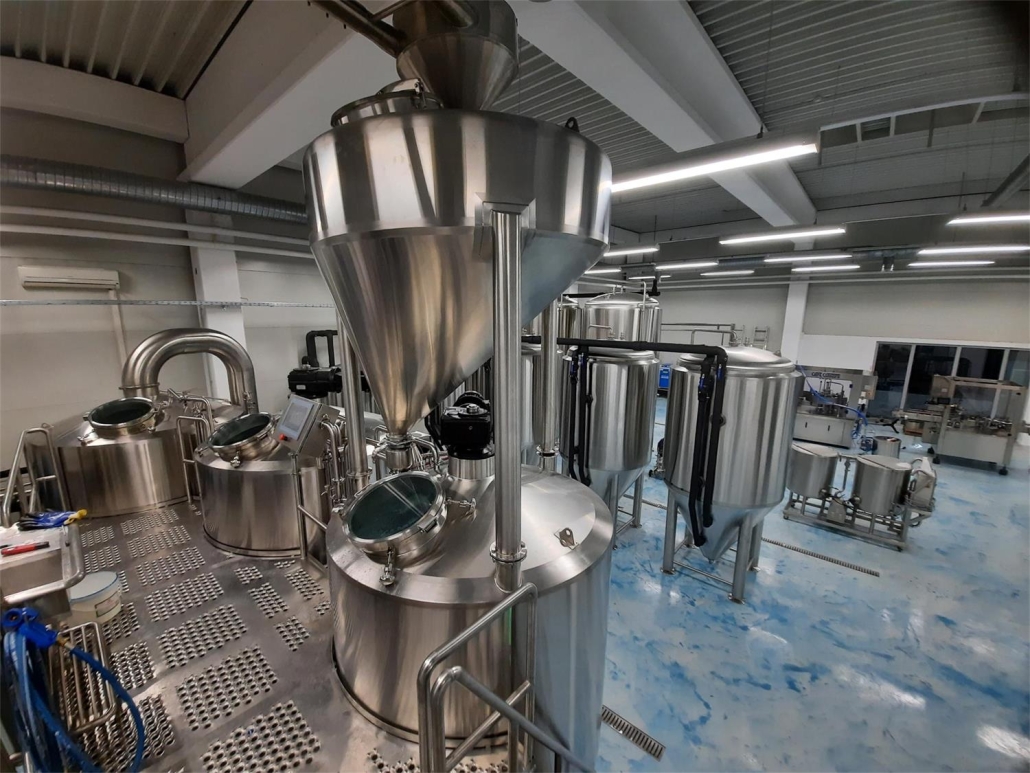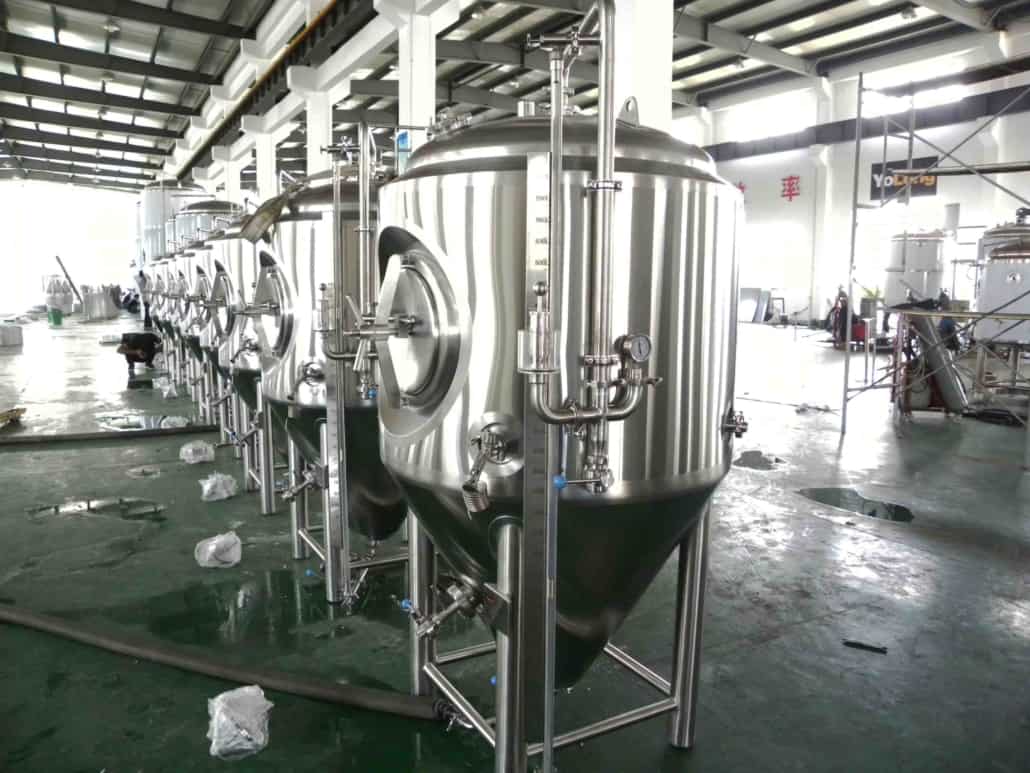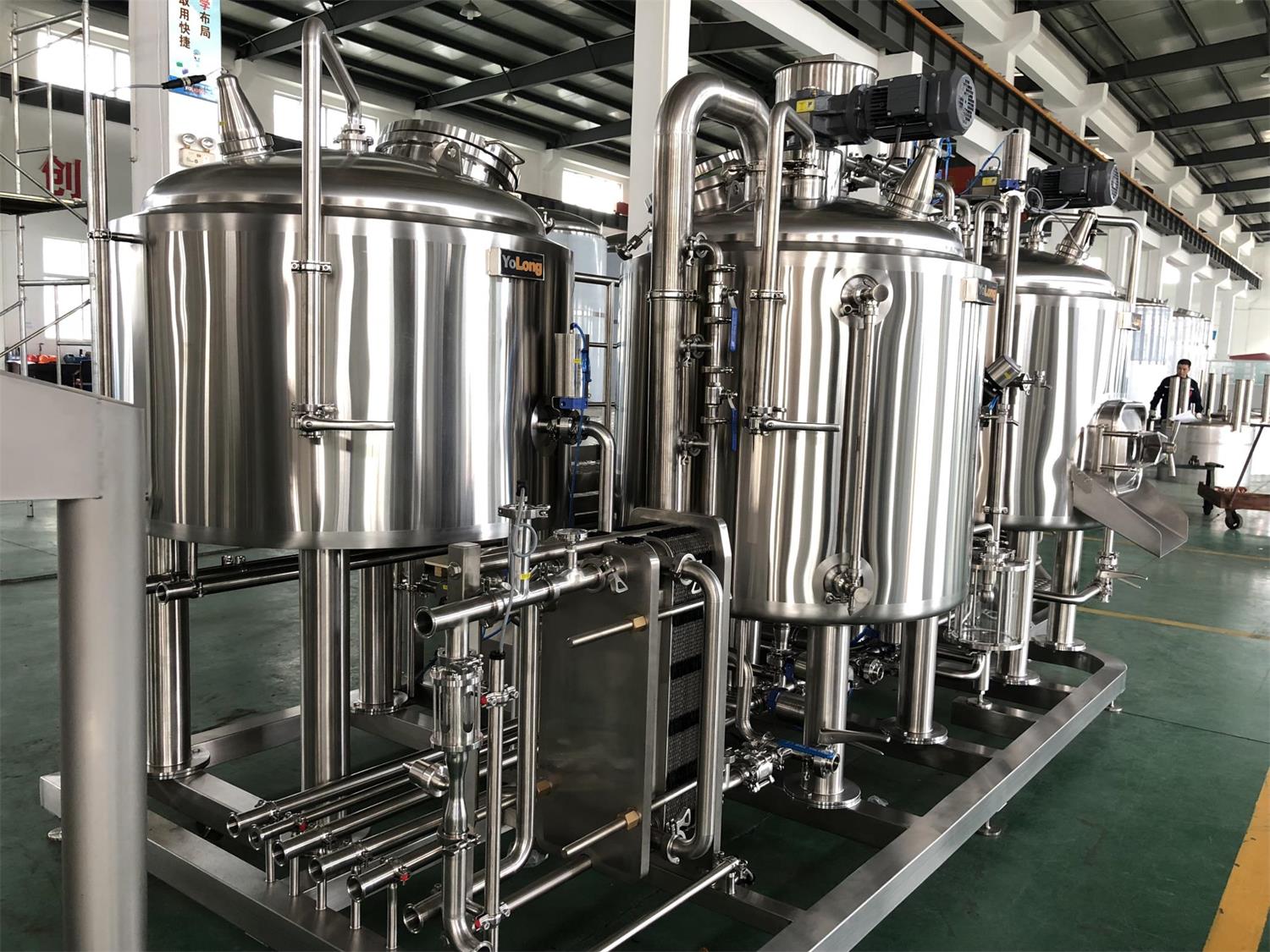Electric Brewing Systems
Electric brewing systems provide an efficient, convenient, and consistent way to produce homemade beer and other fermented beverages by automating temperature control and key parts of the brewing process.
Overview
Electric brewing systems aim to simplify and improve homebrewing by:
- Automatically maintaining precise temperature profiles during mashing and boiling
- Recirculating wort to clarify and filter it
- Offering preset recipes and control system to ensure repeatability
- Reducing heavy lifting and manual labor through pumps and motors
- Providing a compact, all-in-one brewing appliance similar to a coffee maker
Key benefits compared to traditional stove-top brewing include efficiency, automation, consistency, and convenience. Electric systems are popular with homebrewers looking to produce high quality beer with less effort.

Types of Electric Brewing Systems
| Type | Description | Price Range |
|---|---|---|
| All-In-One Units | Fully automated brewing appliance with built-in boiler, pumps and controls | $800 – $2000 |
| Modular Systems | Customizable setup where kettles, heaters and pumps are separate | $1000 – $5000 |
All-in-one electric brewing systems provide a simple, compact, plug-and-play appliance. Modular electric systems allow more customization and control for advanced homebrewers.
Brewing Process Using Electric Systems
Electric brewing systems automate key parts of the brewing process:
Mashing – Grains are mixed with hot water and held at 150-160°F to convert starches into fermentable sugars. Electric heating elements and pumps recirculate wort.
Lautering – Wort (sugary liquid) is separated from grain material using a filter system or sparge arm.
Boiling – Electric heating elements boil wort for 60-90 minutes adding hops at different times. Preset recipes offer timing guidance.
Fermentation – Cooled wort is transferred to fermenter where yeast converts sugars into alcohol over days/weeks before bottling.
Advanced electric brewing systems can move seamlessly between steps and maintain set temperature profiles without manual intervention.
System Capacity, Design and Customization
| Attribute | Options |
|---|---|
| Batch Size | 5-10 gallon systems typical for home use |
| Larger systems also available | |
| Construction | Stainless steel preferred for durability and cleaning |
| Heating | 2000-5000W heating elements |
| Pumps | Recirculation and transfer pumps |
| Automation | Digital controllers, sensors, valves, presets |
| Customization | Modular systems allow upgrades like additional vessels, chiller etc. |
Electric breweries can be customized based on desired batch size, level of automation, and expansion capability over time.
Suppliers and Price Ranges
There are many equipment manufacturers catering to homebrewing and microbrewery markets. A selection of popular electric brewing system suppliers:
| Brand | Description | Price Range |
|---|---|---|
| Clawhammer Supply | Leading all-in-one electric system | $1300-$2000 |
| Robobrew | Compact electric brewing appliance | $800-$1400 |
| Speidel | German supplier of modular stainless tanks | $1500-$5000 |
| Blichmann | High-end kettles and accessories | $800+ per vessel |
Prices vary widely based on capacity, construction, brand reputation and features. All-in-one systems provide automation at lower prices while modular systems allow advanced customization.
Installation, Operation and Maintenance
- Installation requires adequate electrical supply, drainage lines, ventilation and workspace.
- Safety gear like gloves and glasses highly recommended when handling hot liquids.
- Follow all manufacturer instructions for safe operation.
- Clean thoroughly after each use to prevent growth of bacteria and buildup.
- Periodic replacement of gaskets, heating elements and sensors may be needed.
Ease of cleaning, calibration and part replacement should be considered when choosing a system.
Choosing an Electric Brewing System Supplier
Consider the following when selecting an electric brewing system brand:
| Criteria | Details |
|---|---|
| Reputation | Look for tested equipment and established brands preferred by homebrewers |
| Feature Set | Match automation capabilities and vessel sizes to brewing goals |
| Construction | Stainless steel provides durability and ease of cleaning |
| Cost | Weigh expense against quality, customer service and longevity |
| Warranties | Multi-year warranties provide peace of mind |
| Support | Look for responsive customer service and an active user community |
Leading electric brewing system companies offer product customization, video tutorials, recipes, and community forums to support homebrewers.
Comparing Electric and Stovetop Brewing Systems
| Parameter | Electric Brewing Systems | Stovetop Brewing |
|---|---|---|
| Temperature Control | Precise, automated heating cycles | Manual control with propane or gas stove |
| Ease of Use | Preset recipes, automation | Requires monitoring and manual adjustments |
| Consistency | Each batch more standardized | Variability across batches |
| Convenience | Compact, all-in-one, quiet | More equipment, lifting, cleanup |
| Cost | $800 – $2000 typical | $200 – $800 for basic equipment |
While stovetop methods save cost, electric brewing systems provide convenience, repeatability and labor savings over the long run. Advanced features allow homebrewers to replicate professional environment.
Limitations of Electric Brewing Systems
- Higher upfront investment than basic brewing gear
- Often produce 5-10 gallon batch sizes, not ideal for 1-2 gallon test batches
- Require sufficient electrical supply and drainage arrangements
- Automation can reduce flexibility and experimentation
- Unless modular, upgrades and expansions may be limited
Understand batch size needs, available power supply, and interest in all-grain brewing before choosing an electric brewing system.

FAQ
Q: How easy are electric brewing systems for beginners to use?
A: Leading electric systems provide intuitive controls, preset guidance and automation to simplify key parts of the brewing process. However some familiarity is still useful to produce quality results.
Q: Can electric brewing systems make the same quality of beer as professional breweries?
A: Advanced electric homebrew systems can replicate critical temperature stages, ingredient additions and filtering to match commercial standards. Key factors in quality are the recipe, ingredients, fermentation and bottling process.
Q: Do I need to manually chill wort with an electric brewing system?
A: Some high-end models offer automatic chilling via cold plates or chillers. Otherwise, wort needs to be cooled in a sink ice bath before transferring to fermenters. This prevents off-flavors from developing.
Q: What size batches can electric brewing systems produce?
A: Typical homebrew systems produce 5-10 gallon batches. Larger units for 15-20 gallon batches are also available. Specialized nano electric breweries can make 1 gallon batches.
Share this entry
Interested in learning more about Brewing Systems including additional details and pricing information? Please use the form below to contact us!
YOLONG BREWERY EQUIPMENT FAQS
- Commercial Brewery / Craft Brewery / Microbrewery / Nanobrewery
- What is The Difference Between Craft Beer and Industrial Beer?
- The Bespoke Differences In Custom Brewing Systems
- Everything You Need to Know About Kettle Souring
- How to Choose Brewing Equipment for Your business?
- How To Choose The-Best Partner To Build Your Commercial Microbrewing System?
- Two Detection Sensors That You Need To Use In Your Brewhouse System
- Remote Control Applications in Brewing Equipment/How does it work?
- How To Clean Your Brand New Brewery Tanks?

